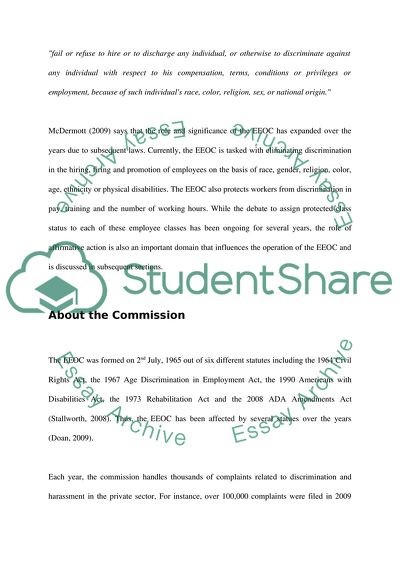Cite this document
(Equal Employment Opportunities Commission Research Paper - 1, n.d.)
Equal Employment Opportunities Commission Research Paper - 1. Retrieved from https://studentshare.org/law/1754453-equal-employment-oportunity-commission
Equal Employment Opportunities Commission Research Paper - 1. Retrieved from https://studentshare.org/law/1754453-equal-employment-oportunity-commission
(Equal Employment Opportunities Commission Research Paper - 1)
Equal Employment Opportunities Commission Research Paper - 1. https://studentshare.org/law/1754453-equal-employment-oportunity-commission.
Equal Employment Opportunities Commission Research Paper - 1. https://studentshare.org/law/1754453-equal-employment-oportunity-commission.
“Equal Employment Opportunities Commission Research Paper - 1”, n.d. https://studentshare.org/law/1754453-equal-employment-oportunity-commission.


